A new early Late Triassic saurischian dinosaur from Rio Grande do Sol state, Brazil Proceedings of the Second Gondwanan Dinosaur Symposium, National Science Museum Monographs 15 109 Parent taxon Guaibasauridae according to M D Ezcurra 10 Sister taxa Agnosphitys, Panphagia, Saturnaliinae Subtaxa Guaibasaurus candelariensisEarly theropods, ornithischians, and sauropodomorphs See more ideas about south america, paleontology, dinosaurRibeiro, AM 1999 A new early Late Triassic saurischian dinosaur from Rio Grande do Sol state, Brazil In Tomida, Y;
Guaibasaurus Dinosaur
Guaibasaurus candelariensis
Guaibasaurus candelariensis-NatureRules1's spoof of dinosaur king Max Taylor Ash Ketchum (from Pokemon) Rex Owen Kiawe (from Pokemon Sun and Moon) Zoe Drake Lillie (from Pokemon Sun and Moon) Spike Taylor Professor Kukui (from Pokemon Sun and Moon) Reese Drake Olivia (from Pokemon Sun and Moon) Dr Z Giovanni (from Pokemon) Ursula Jessie (from Pokemon) Zander James (fromGUAIBASAURUS CANDELARIENSIS was origin phylogenetically within saurischians, but basal to the ally described by Bonaparte et al (1999) as a very SauropodomorphaTheropoda split (Bonaparte et al primitive saurischian dinosaur from the Late Triassic 1999)




Museo Argentino De Ciencias Naturales Bernardino Rivadavia Buenos Aires Aktuelle 21 Lohnt Es Sich Mit Fotos Tripadvisor
121 KB Guaibasaurus skeletalgif 5 × 235;That herrerasaurids, Eoraptor lunensis, and Guaibasaurus candelariensis are saurischians; Recent cladistic analyses of early dinosaurs agree that Pisanosaurus mertii is a basal ornithischian;
Guaibasaurus candelariensis (Bonaparte et al, 1999;Genus Guaibasaurus Species G candelariensis Name Guaibasaurus JF Bonaparte, Ferigolo & Ribeiro, 1999;References Bonaparte, JF;
Guaibasaurus („jašter z Guaiba") bol primitívny plazopanvový dinosaurus, žijúci v období vrchného triasu (asi pred 227 až 2 miliónmi rokov) na území dnešného geoparku Paleorotta v Rio Grande do Sul () Tento dinosaurus mal na každej prednej končatine päť prstov, pričom dva z nich boli výrazne zakrpatené, rovnako ako u teropóda rodu HerrerasaurusLate Triassic) is known from an articulated skeleton lacking a neck and skull Originally considered a basal theropod, later studies allied it with basal sauropodomorphsLate Triassic) lacks any sign of postmortem transport and burial deformation, and exhibits features (flexed forelimbs, folded hindlimbs under the body and curved neck) that




Poster Eoraptor Lunensis Stavros Illustration



Dinoweb Guaibasaurus
A specimen of the basal saurisquian Guaibasaurus candelariensis Bonaparte, Ferigolo and Ribeiro (UFRGSPV0725T) from the Faxinal do Soturno locality, Rio Grande do Sul State, Brazil (Caturrita Formation;That Herrerasaurus ischigualastensis and Staurikosaurus pricei belong in a monophyletic Herrerasauridae; The comparison of the anatomy of a second incomplete skeleton of Guaibasaurus candelariensis to that of basal Saurischia suggests that the origin of the "Prosauropoda" was from unknown basal sauris



Guaibasaurus Dinosaur
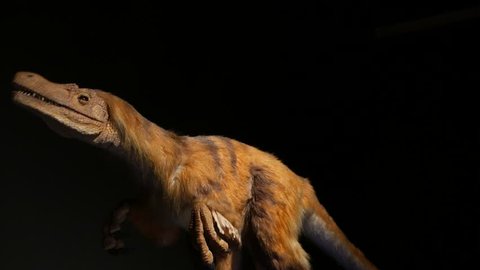



Granada Spain June 17 Stock Footage Video 100 Royalty Free Shutterstock
"A new specimen of Guaibasaurus candelariensis (basal Saurischia) from the Late Triassic Caturrita Formation of southern Brazil" Historical Biology, 19(1) 73 Yates, Adam M (07) «The first complete skull of the Triassic dinosaurGuaibasaurus candelariensis (Dinosauria, Saurischia) and the early origin of avianlike resting posture Alcheringa An Australian Journal of Palaeontology New York Taylor & Francis, 36 (2)All archosaurs more closely related to Guaibasaurus candelariensis than to Carnotaurus sastrei or Saltasaurus loricatus About Guaibasauridae is a group created by Jose Bonaparte in 1999 to house Guaibasaurus and its closest relatives which, at the time, were none!



Eoraptor
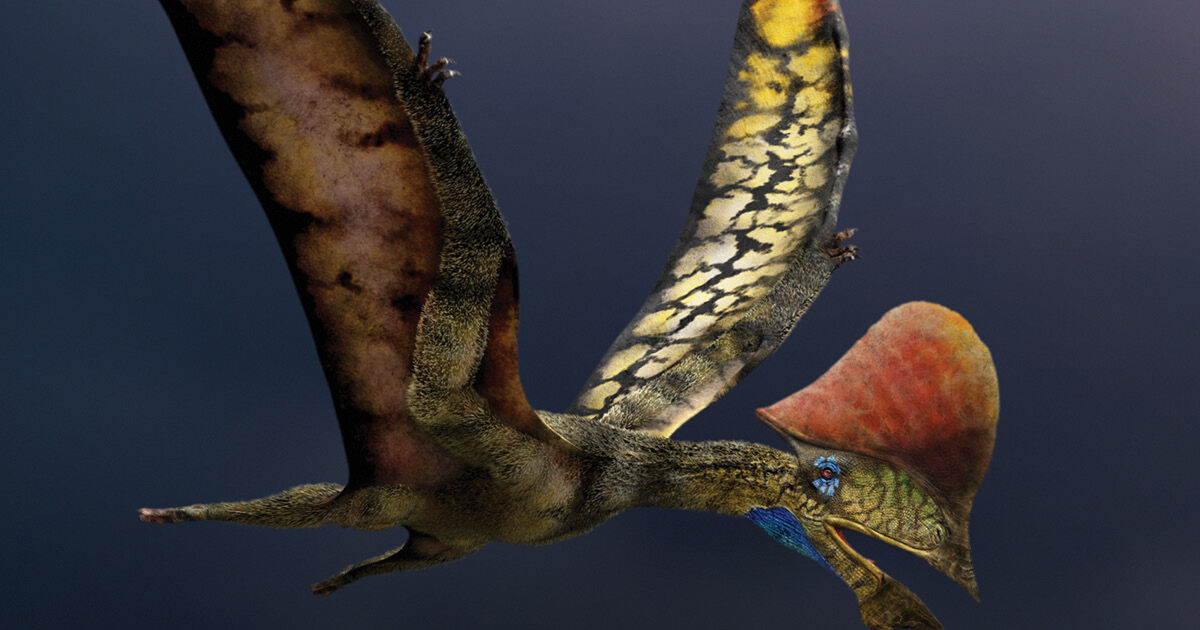



The Ruins Of Rare Stones Revista Pesquisa Fapesp
The basal dinosaur Guaibasaurus candelariensis Bonaparte, Ferigolo & Ribeiro, 1999 from the Late Triassic of south Brazil (Fig 1), has a short but confusing taxonomic history In the original description, Bonaparte et al (1999) regarded the taxon as a basal saurischian, more primitive than herrerasaurids, possibly theropod, and ancestral to sauropodomorphsDiscovery Guaibasaurus was originally named on the basis of the holotype, MCN PV2355, a wellpreserved partial postcranial skeleton and the paratype, MCN PV2356, an articulated and nearly complete left hindlimb, which were discovered in the "Sesmaria do Pinhal 2" locality near Candelária, Rio Grande do Sul, in Brazil, in the geopark of Paleorrota Later, two additionalBelongs to Guaibasaurus according to C Apaldetti et al 11 Sister taxa none Type specimen MCNPV 2355 Its type locality is west of Candelária, Sesmaria do Pinhal 2, which is in a Norian terrestrial horizon in the Caturrita Formation of Brazil Ecology Average measurements (in mm) femur length 2700, humerus length 1450, ulna length 9




Guaibasaurus Youtube




Guaibasaurus Candelariensis By Acrosaurotaurus On Deviantart
The basal saurischia dinosaur Guaibasaurus candelariensis is the biggest animal from this fossil associationNameGuaibasaurus(Guaiba lizard) PhoneticGuaybahsoreus Named ByJ F Bonaparte, J Ferigolo,and A M Ribeiro 1999 ClassificationChordata, Reptilia, Dinosauria,Saurischia, Guaibasauridae SpeciesG candelariensis(type) DietUncertain SizePossibly up to 3 meters long Known locationsBrazilGuaibasaurus was first named by José F Bonaparte, Jorge Ferigolo and Ana Maria Ribeiro in 1999 and the type species is Guaibasaurus candelariensis The generic name is named after the Rio Guaíba hydrographic basin where the holotype was found as a part of the "PrόGuaíba Project", a scientific program supporting research on fossils from the Triassic period




Guaibasaurus Candelariensis Manus A C Photographs And Outline Download Scientific Diagram




Baumkletternde Reptilien Werfen Ein Licht Auf Die Pterosaurier Evolution
Guaibasaurus was a basal Saurischier, which possibly belonged to the Theropods, but is sometimes also to the Sauropodomorphs or HerrerasauridenLike Herrerasaurus and other early dinosaurs, it had three fully developed and two receding fingers It reached a height of 12 meters, a length of 3 meters and a weight of 100 kg Bonaparte, Ferigolo and Ribeiro discovered him in Guaibasaurus candelariensis (Dinosauria, Saurischia) and the early origin of avianlike resting postureThe most enigmatic of the saurischian taxa is, however, Guaibasaurus candelariensis, previously regarded as either a basal theropod or a basal sauropodomorph This study provides a detailed anatomical revision of all specimens originally referred to G candelariensis by Bonaparte and coauthors, including its typeseries and a more recently excavated partial postcranium




Paper Airplane Models Model Airplanes Dinosaur Skeleton




Guaibasaurus Dinossauros E Afins
Guaibasauridae is a family of basal saurischian dinosaurs, known from fossil remains of late Triassic period formations in Brazil and Argentina Classification The exact makeup and classification of the Guaibasauridae remains uncertain The family was originally named by Jose Bonaparte and colleagues in 1999 to contain a single genus and species, Guaibasaurus candelariensis EXTRACTING SPECIES PROFILEGUAIBASAURUSGuaibasaurus is a genus of Guaibasauridae dinosaur, an ancient group of prosauropods that mayhave resembled theropods, but evolved into giants, like Diplodocus and MamenchisaurusUnlike its much later relatives, Guaibasaurus was capable of moving bipedally, maybe even inhigh speed Reaching 23 metersGuaibasaurus candelariensis (AC) left scapulocoracoid of MCN PV2355 scapula in lateral (A) and (B) medial views, photographs and outline drawings;
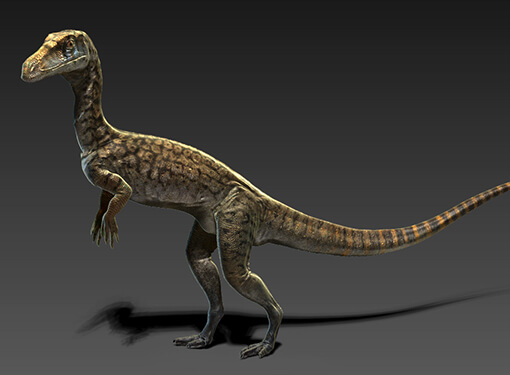



Guaibassauro Guaibasaurus Candelariensis Atlas Virtual Da Pre Historia




Guaibasaurus Candelariensis Ufrgs Pv 0725t A Right Ilium And Its Download Scientific Diagram
Rich, TH & VickersRich, P (eds) The collected geochronology sample is from the latter beds, which are extraordinarily rich in fossil remains representative of the Riograndia Assemblage Zone, ie the Faxinal do Soturno local fauna of Bonaparte et al (10), including Guaibasaurus candelariensis and a plethora of small tetrapods such as procolophonids, cynodonts, and lepidosaurs Name Guaibasaurus candelariensis Name Meaning Guaíba Lizard First Described 1999 Described By Bonaparte et al Classification Dinosauria, Saurischia, Eusaurischia, Sauropodmoprha, Guaibasauridae Guaibasaurus was a sauropodmoprh from Paleorrota, near Candelária, Rio Grande do Sul, in Brazil It lived about 2165 to 212 million years ago, during the



Guaibasaurus Pictures Facts The Dinosaur Database




Universo Racionalista Guaibasaurus Candelariensis Bonaparte Ferigolo Ribeiro 1999 Dinossauro De Pequeno Porte Aproximadamento 2 M Seus Restos Fossilizados Foram Encontrados Proximo A Cidade De Candelaria No Rio Grande Do Sul
That Saurischia includes two main groupsMaybe not, we don't know if it was a herbivore or a carnivore(most likely an omnivore) So this drawing could portray curiosity or predator and prey Saturnalia tupiniquim is a stem‐taxon to Sauropodomorpha and Guaibasaurus candelariensis might belong to the theropod branch Some of these hypotheses are, however, not strongly supported Especially uncertain are the affinities of Silesaurus and Guaibasaurus




Guaibasaurus Candelariensis Throw Pillow By Stavros Svensson Kundromichalis Society6
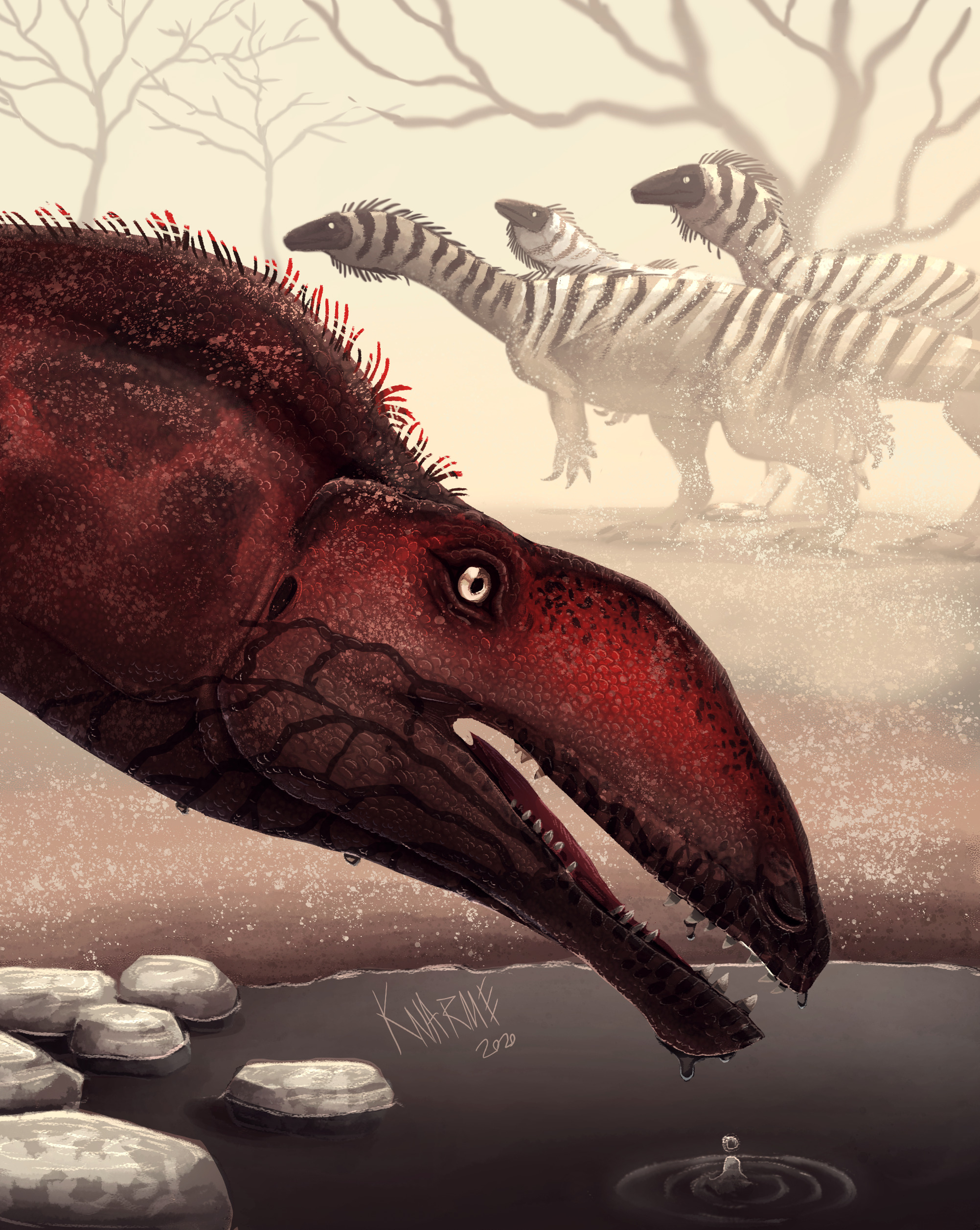



Sauropodomorph Explore Tumblr Posts And Blogs Tumgir
References Bonaparte, JF, Ferigolo, J & Ribeiro, AM 1999 A new early Late Triassic saurischian dinosaur from Rio Grande do Sol state, Brazil In Tomida, Y; Guaibasaurus candelariensis (Bonaparte et al, 1999, 07;WikiZero Özgür Ansiklopedi Wikipedia Okumanın En Kolay Yolu




Stavrosskundromichalis Tumblr Blog With Posts Tumbral Com



Guaibasaurus Pictures Facts The Dinosaur Database
The saurischian taxa is, however, Guaibasaurus candelariensis, previously regarded as either a basal theropod or a basal sauropodomorph This study provides a detailed anatomical revision of all specimens originally referred to G candelariensis by Bonaparte and coauthors, including its typeseries and a more recently excavated partial postcranium Name Guaibasaurus candelariensis Name Meaning Guaíba Lizard First Described 1999 Described By Bonaparte et al Classification Dinosauria, Saurischia, Eusaurischia, Sauropodmoprha, Guaibasauridae Guaibasaurus was a sauropodmoprh from Paleorrota, near Candelária, Rio Grande do Sul, in Brazil It lived about 2165 to 212 million yearsRich, TH & VickersRich, P (eds)




Caturrita Formation Wikipedia




Guaibasaurus Wikiwand
But thanks to spectacular foresight it now contains a grand total of six andBut this museum's Guaibasaurus candelariensis lived back in the upper Triassic Era, more than 0 million years ago!(Guaibasaurus candelariensis photo) And little Eudibamus lived 280 million years ago or more (Eudibamus photo) A eudibamus isn't a dinosaur, or even a reptile If you sort of work like lawyer, but you're not really a




Guaibasaurus Instagram Posts Photos And Videos Picuki Com




Conheca As 21 Especies De Dinossauros Do Brasil Estadao Com Br Pre Historia Dinossauros Parque Dos Dinossauros
Genus Guaibasaurus Species Guaibasaurus candelariensis Name Guaibasaurus candelariensis Bonaparte, Ferigolo & Ribeiro, 1999;Guaibasaurus candelariensis was the second dinosaur described for the Triassic of southern Brazil Since its description, it has been subject of controversy regarding its phylogenetic affinities No researcher questions the relationship of Guaibasaurus withLate Triassic) is known from an articulated skeleton lacking a neck and skullOriginally considered a basal theropod, later studies allied it with basal sauropodomorphs Here this specimen nests as a basal theropod in a rarely studied clade In the large reptile tree (LRT, 1018 taxa) Guaibasaurus nests



2
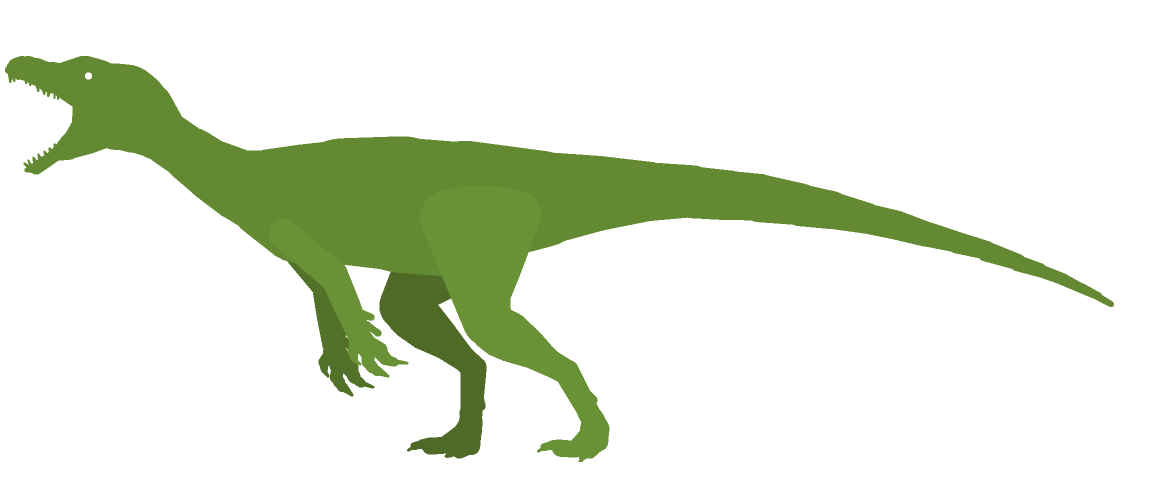



Guaibasaurus Candelariensis By Suchomimus65 On Deviantart
Guaibasaurus candelariensis Bonaparte et al, 1999 Některá data mohou pocházet z datové položky Guaibasaurus („ještěr od řeky Rio Guaiba") byl bazálním plazopánvým dinosaurem, žijícím v období svrchního triasu (asi před 221 až 210 miliony let) na území dnešního Geoparku Paleorotta v Rio Grande do Sul131 MB Guaibasaurus NTjpg 709 × 547;Genus Guaibasaurus The Guabisaurus, a native of southern Brazil, was a basal dinosaur that lived during the Late Triassic period It lived approximately 2165 to 212 million years ago in the woodlands of South America , primarily Brazil




Caturrita Formation Wikiwand




Skeletal Reconstruction Of Guaibasaurus Candelariensis A Preserved Download Scientific Diagram
Вона містила один рід і один вид — Guaibasaurus candelariensis, і була спочатку зарахована до групи тероподів Після другого знайденого зразка Guaibasaurus він був описаний більш детально в 07 р, щоMedia in category " Guaibasaurus " The following 9 files are in this category, out of 9 total Guaibasaurus candelariensispng 8,293 × 2,841;Guaibasaurus foi nomeado por José F Bonaparte, Jorge Ferigolo e Ana Maria Ribeiro, em 1999 A Espécietipo é Guaibasaurus candelariensis O nome genérico do holótipo foi dado em homenagem ao Rio Guaíba, por causa do Projeto PrόGuaíba, um programa de apoio científico à pesquisa de fósseis do período Triássico




Museo Argentino De Ciencias Naturales Bernardino Rivadavia Buenos Aires Aktuelle 21 Lohnt Es Sich Mit Fotos Tripadvisor




File Guaibasaurus Skeletal Gif Wikimedia Commons



Guaibasaurus Dinosaur



Untitled Document




El Universo Sur Twitter El Yamanasaurus De Ecuador Es El Dinosaurio Saltasaurino Hallado Mas Al Norte De La Region Segun Paleontologo T Co Dp3p56bods T Co Oydvssue3t



1




Guaibasaurus Candelariensis Beschreibung Dinodata De




Saturnalia Tupiniquim Palaeocritti A Guide To Prehistoric Animals



Dinosaur King Forever Forum Bildertopic Maxls Zeichnungen



Untitled Document




A Dinosaur A Day Saturnalia Tupiniquim
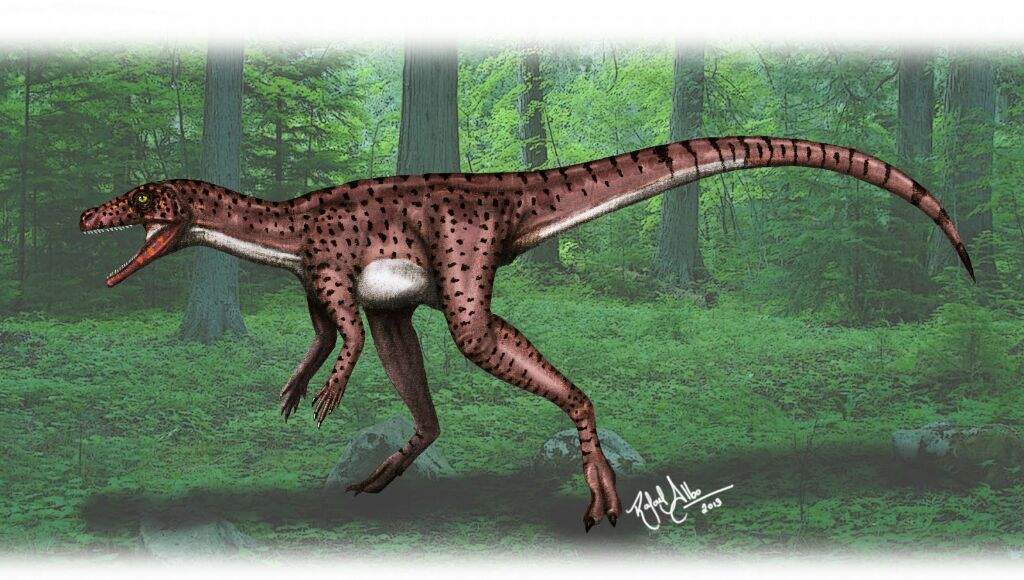



Guaibassauro Informacoes Sobre Dino World Br Pt Amino
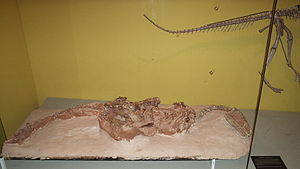



Guaibasaurus Wikipedia




Guaibasaurus Candelariensis Ufrgs Pv 0725t Partial Articulated Download Scientific Diagram
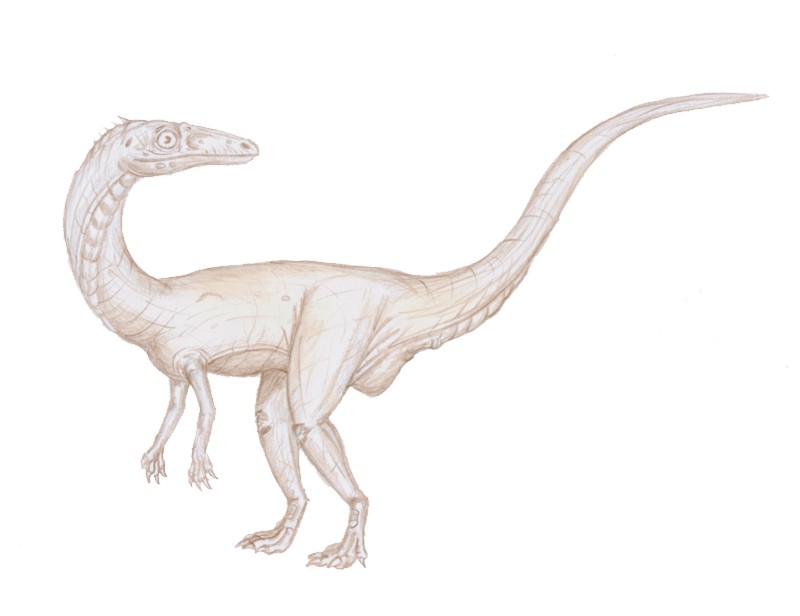



Guaibasaurus Candelariensis By Maniraptora On Deviantart




File Guaibasaurus Candelariensis Png Wikimedia Commons
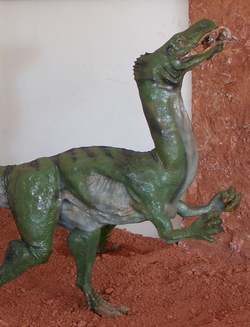



Guaibassauro Wikipedia A Enciclopedia Livre




File Guaibasaurus Candelariensis Png Wikimedia Commons
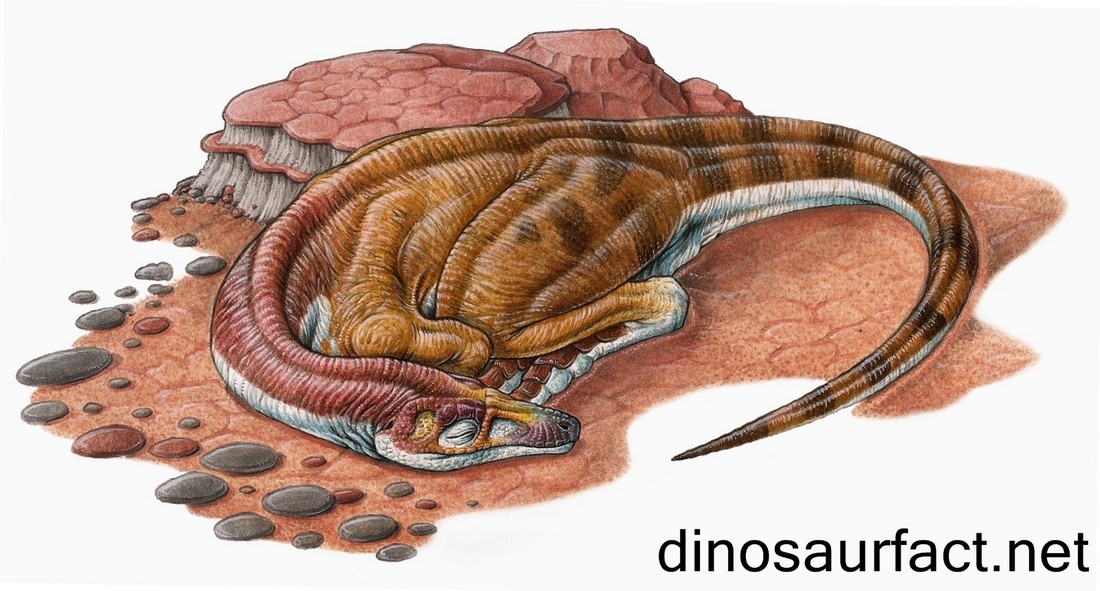



Guaibasaurus Primal Rift




The Open Dinosaur Project Crowd Sourcing Dinosaur Science Page 3




Scielo Brasil A Dinosaur Ilium From The Late Triassic Of Brazil With Comments On Key Character Supporting Saturnaliinae A Dinosaur Ilium From The Late Triassic Of Brazil With Comments On Key Character



2



Maxakalisaurus
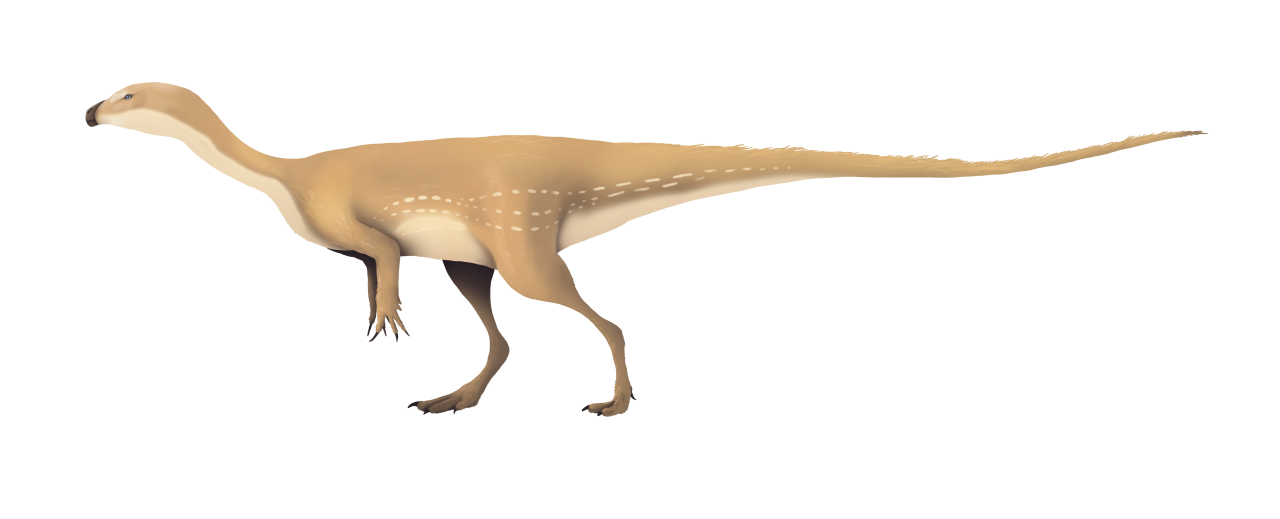



Pretty Terrible At Being Lizards Guaibasaurus Candelariensis




Guaibasaurus Candelariensis Ezequiel Vera Flickr



2




Random At Jurassic World Evolution Nexus Mods And Community




New Species Reveal Guaibasaurus Candelariensis At Jurassic World Evolution Nexus Mods And Community




Triassic Faunal Successions Of The Parana Basin Southern Brazil Sciencedirect
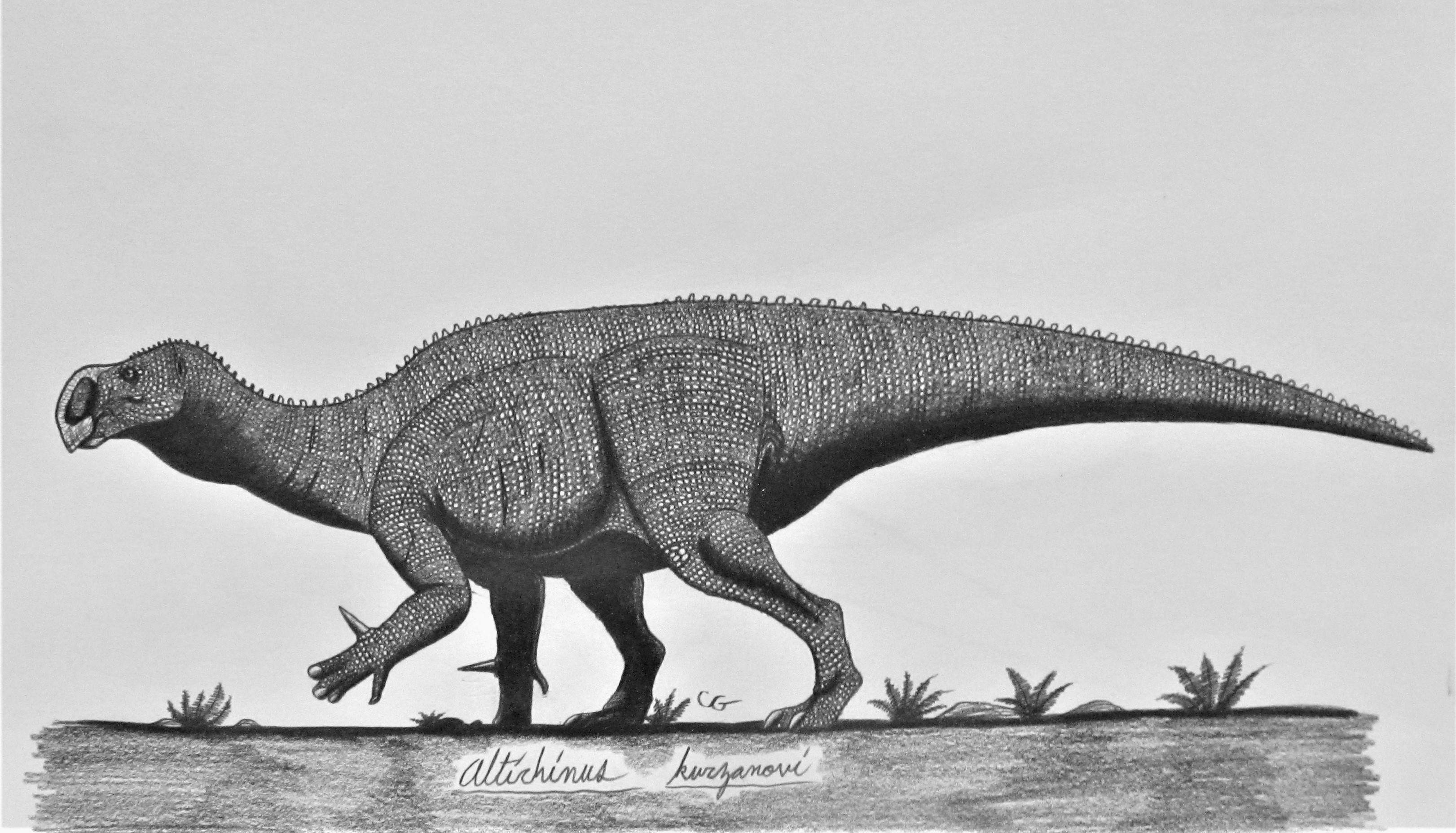



Acrosaurotaurus S Artwork



1




Pdf Guaibasaurus Candelariensis Dinosauria Saurischia And The Early Origin Of Avian Like Resting Posture Agustin Martinelli Academia Edu
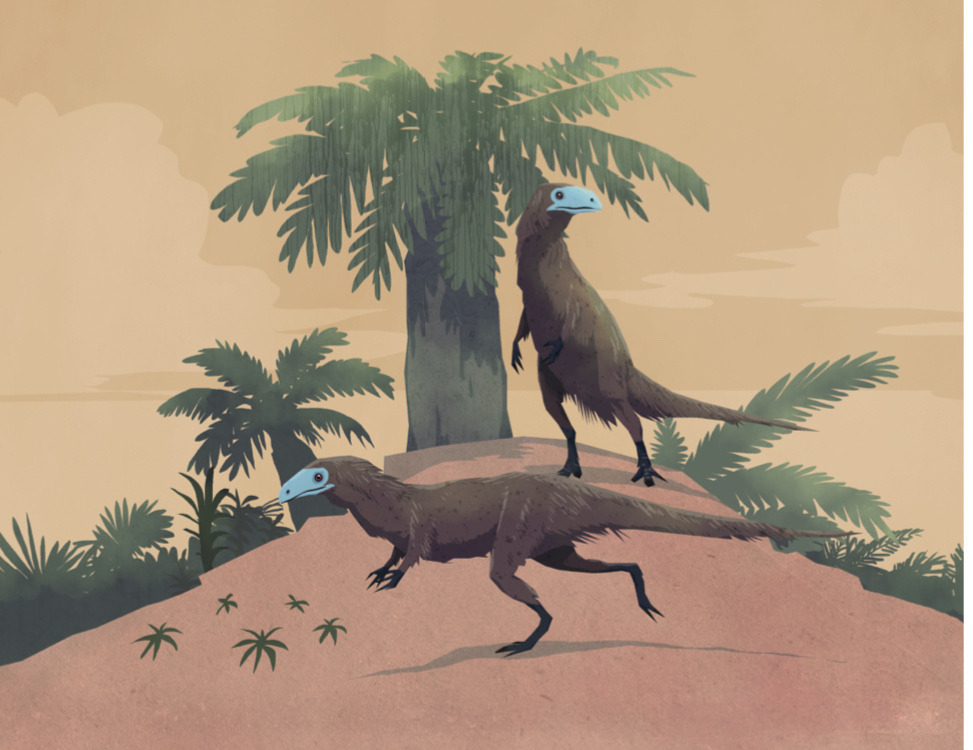



Stavros Illustration




Pdf A Fragmentary Dinosaur Femur And The Presence Of Neotheropoda In The Upper Triassic Of Brazil Scinapse




File Guaibasaurus Candelariensis Png Wikimedia Commons




The Origin And Early Evolution Of Dinosaurs Langer 10 Biological Reviews Wiley Online Library
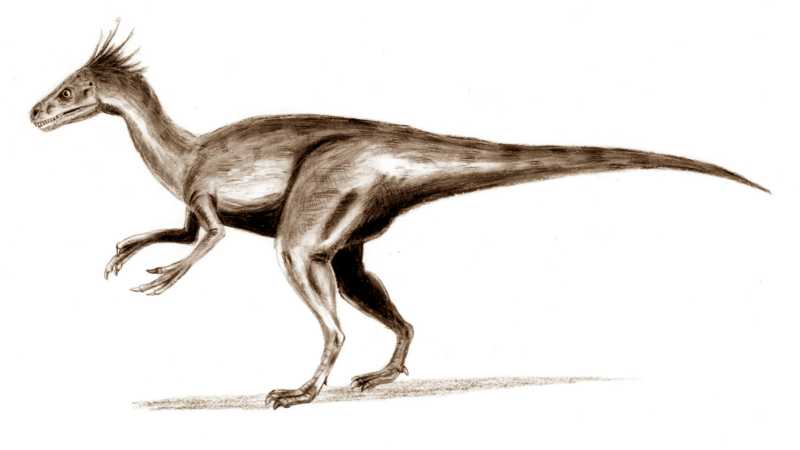



Dinosaurs Of Ecuador Fossil Wiki Fandom




Guaibasaurus Wikiwand




Guaibasaurus Wikiwand
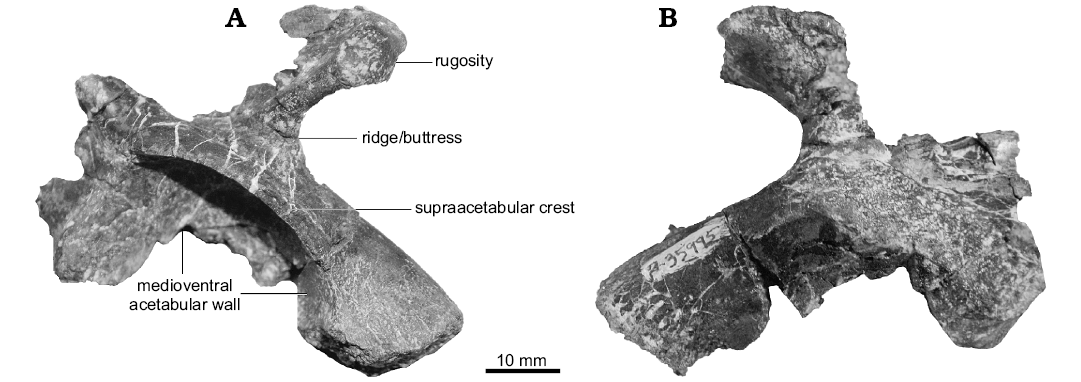



App




Spinops Guaibasaurus Candelariensis




Guaibasaurus Alchetron The Free Social Encyclopedia
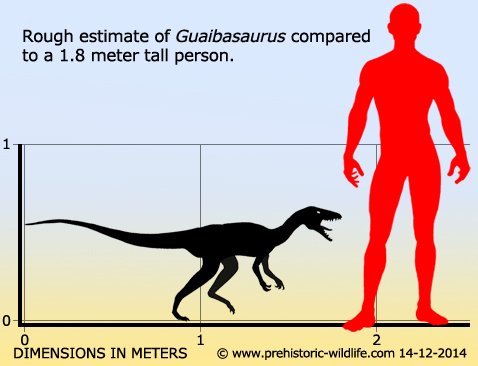



Guaibasaurus Vymershie Zhivotnye Tvoj Blog




Caturrita Formation Wiki Thereaderwiki



Guaibasaurus Pictures Facts The Dinosaur Database




Skeletal Reconstruction Of Guaibasaurus Candelariensis A Preserved Download Scientific Diagram




Guaibasaurus Candelariensis Bild Von Museo Argentino De Ciencias Naturales Bernardino Rivadavia Buenos Aires Tripadvisor
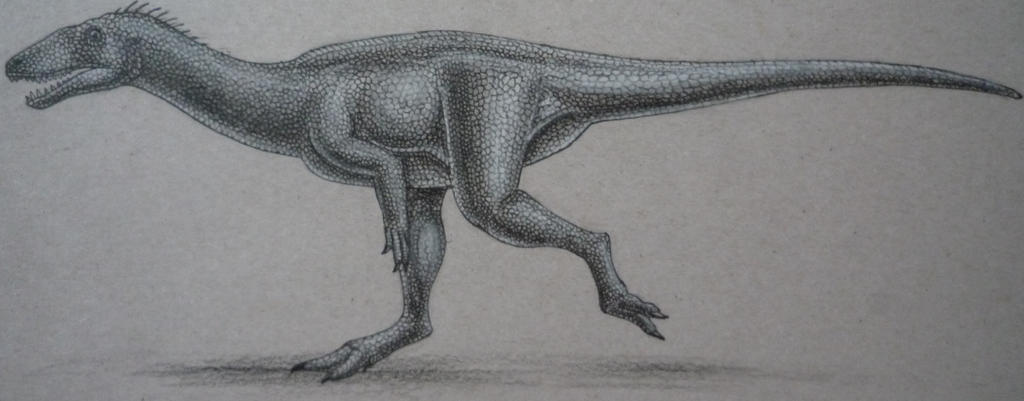



Guaibasaurus Candelariensis By Spinosaurus1915 On Deviantart



Full Article To Be Or Not To Be The Hidden Side Of Cargninia Enigmatica And Other Puzzling Remains Of Lepidosauromorpha From The Upper Triassic Of Brazil




Guaibasaurus Candelariensis By Maurissauro On Deviantart




Stavros Illustration Posts Facebook




Stavros Illustration Posts Facebook




Guaibasaurus Candelariensis Ezequiel Vera Flickr




Guaibasaurus Candelariensis Ufrgs Pv 0725t Posterior Dorsal Vertebra Download Scientific Diagram
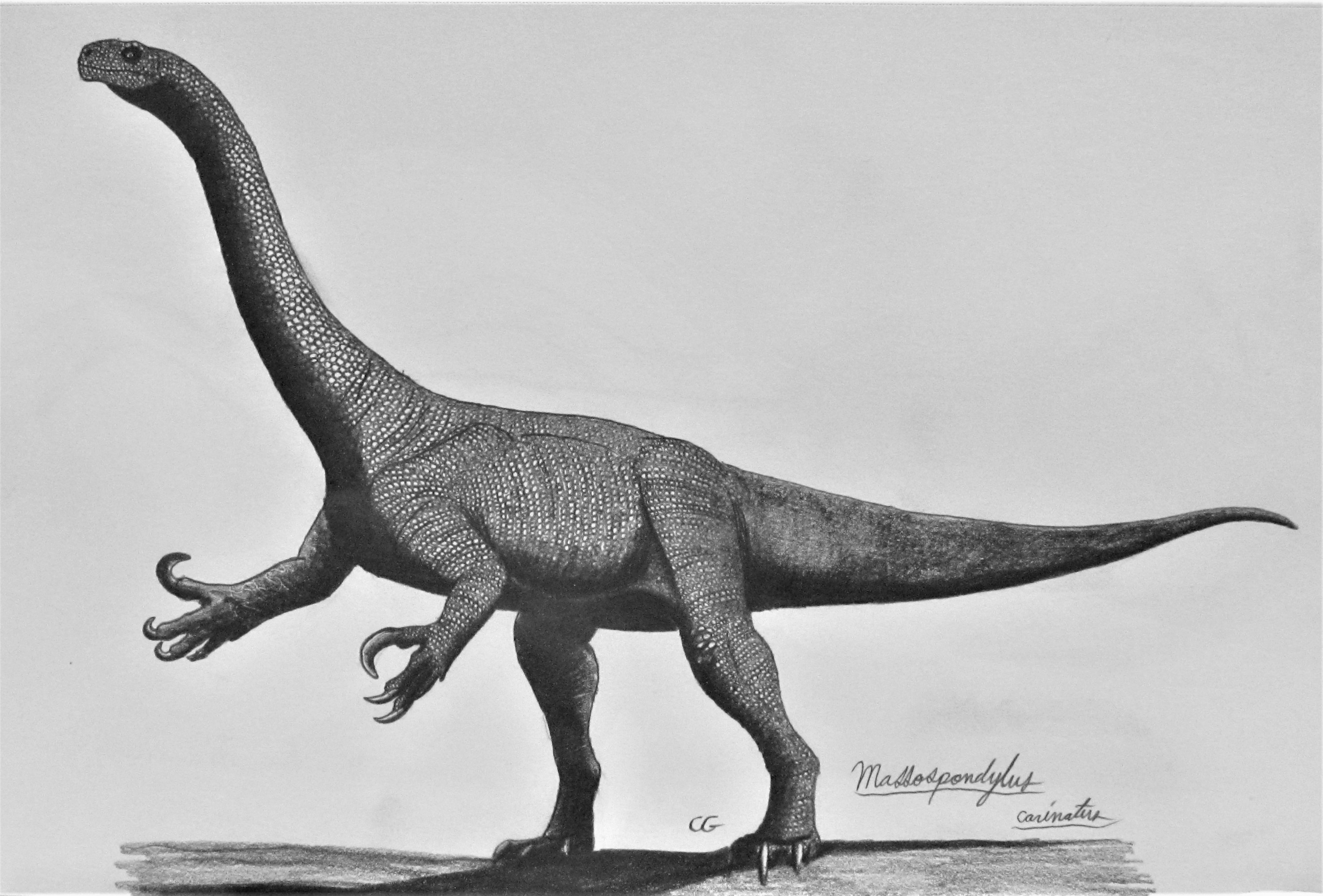



Acrosaurotaurus S Artwork




Guaibasauridae Instagram Posts Photos And Videos Picuki Com
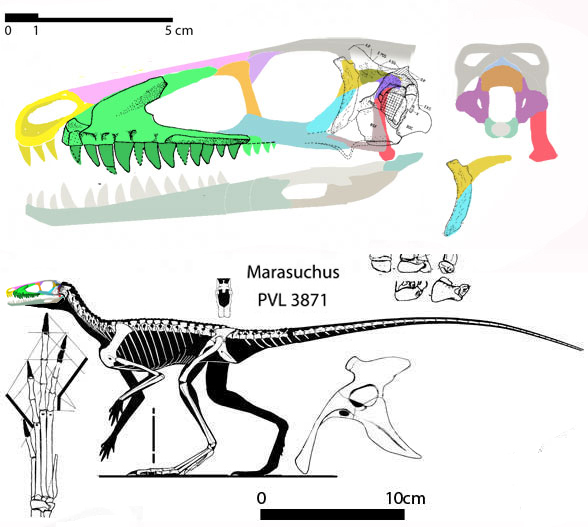



Marasuchus Guaibasaurus And Agnosphitys
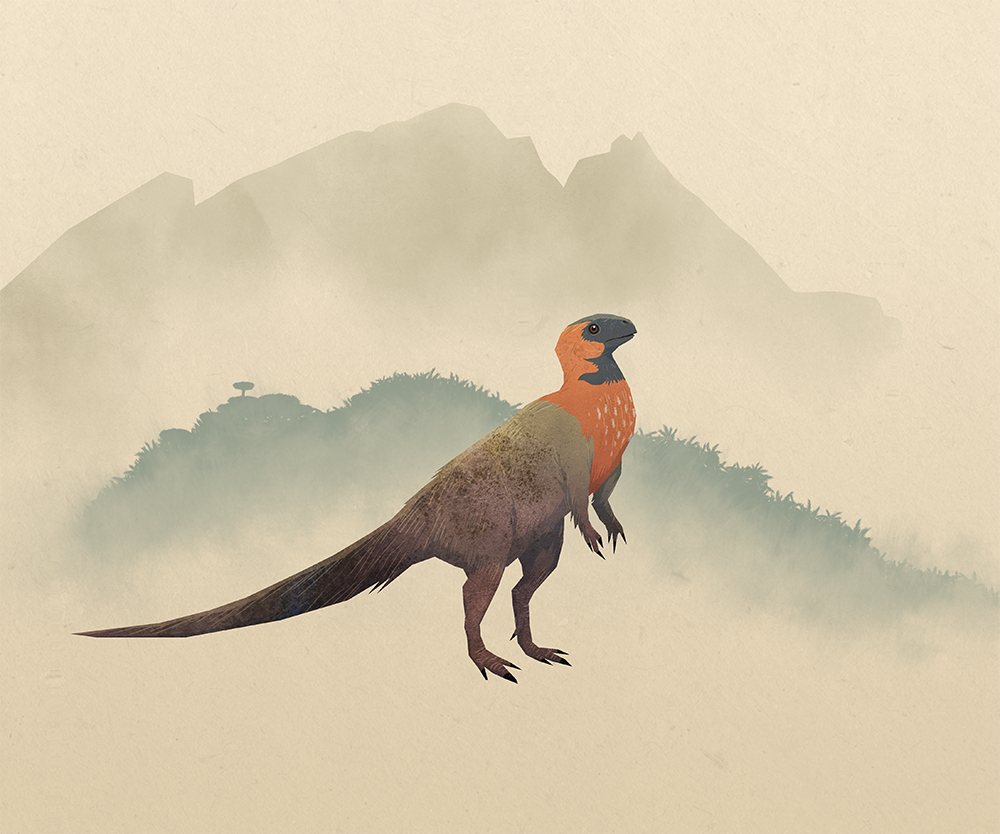



Stavros Illustration Guaibasaurus Candelariensis Was A Basal Dinosaur
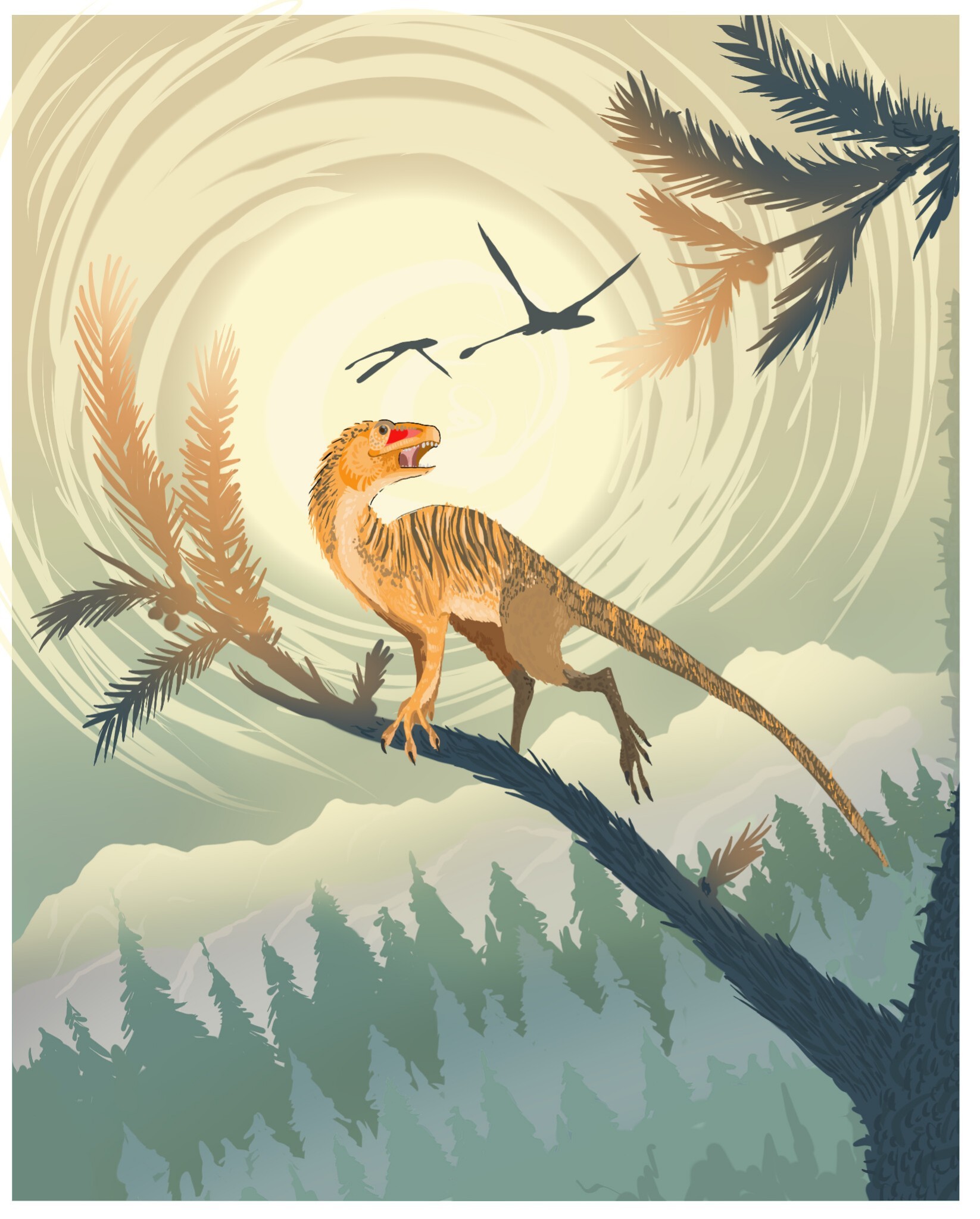



Ixalerpeton Explore Tumblr Posts And Blogs Tumgir




Guaibasaurus Instagram Posts Photos And Videos Picuki Com
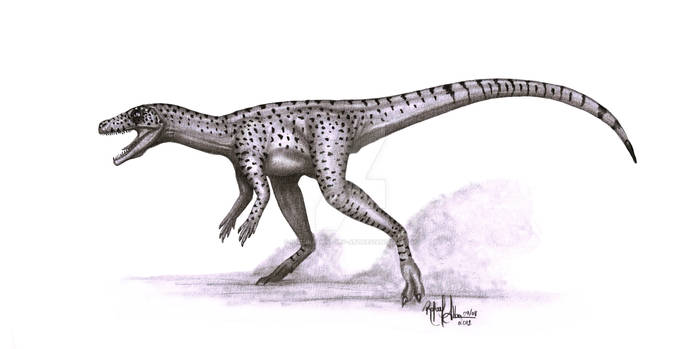



Naturalhistory Art Hobbyist Traditional Artist Deviantart



Guaibasaurus Pictures Facts The Dinosaur Database
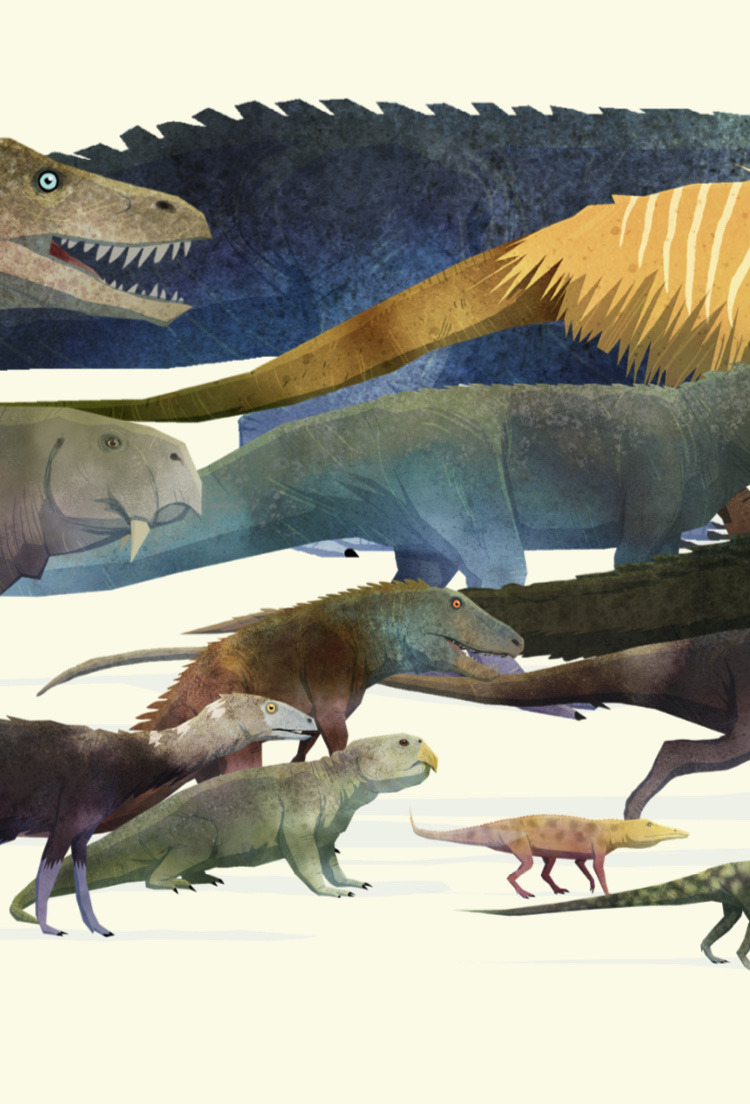



Stavros Illustration



Dinoweb Guaibasaurus




Guaibasaurus Candelariensis Beschreibung Dinodata De




Velociraptor Isolated On Black Background Stock Photo Alamy




Guaibasaurus Alchetron The Free Social Encyclopedia




Saturnalia Tupiniquim
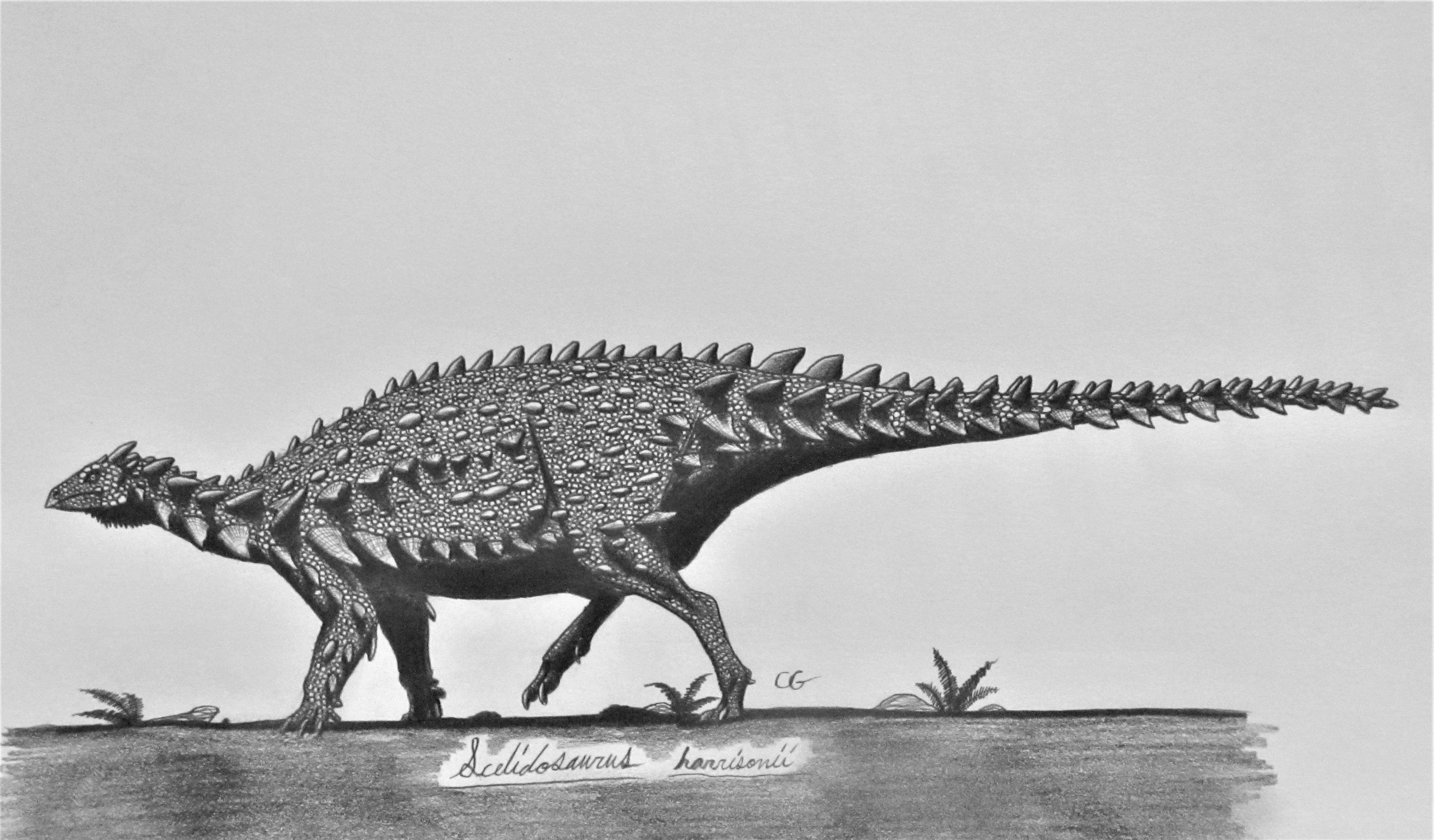



Acrosaurotaurus S Artwork




Guaibasaurus Candelariensis A C Left Scapulocoracoid Of Mcn Pv2355 Download Scientific Diagram




The Origins Of Dinosauria Much Ado About Nothing Langer 14 Palaeontology Wiley Online Library




Unaysaurus Alchetron The Free Social Encyclopedia




Scielo Brasil A Dinosaur Ilium From The Late Triassic Of Brazil With Comments On Key Character Supporting Saturnaliinae A Dinosaur Ilium From The Late Triassic Of Brazil With Comments On Key Character




第一次恐龙大灭绝 恐龙编年史 4 哔哩哔哩



2
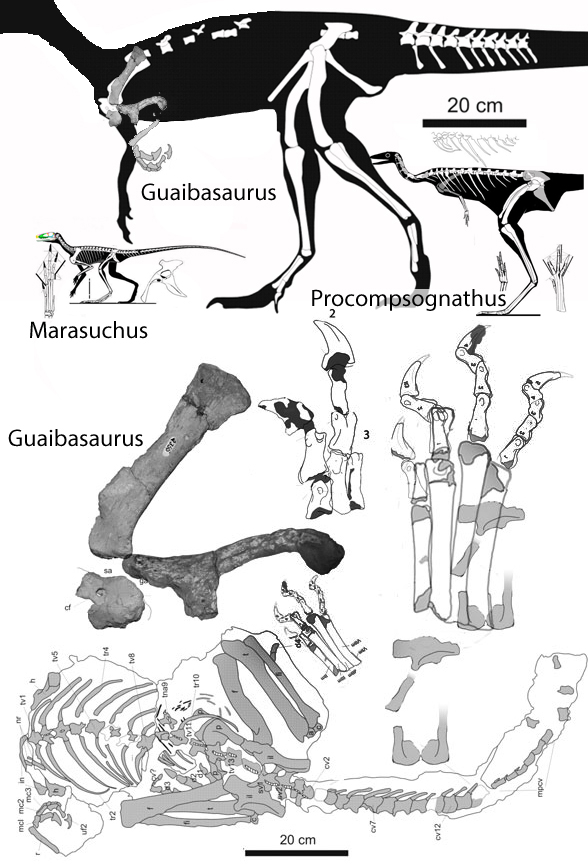



Marasuchus Guaibasaurus And Agnosphitys



0 件のコメント:
コメントを投稿